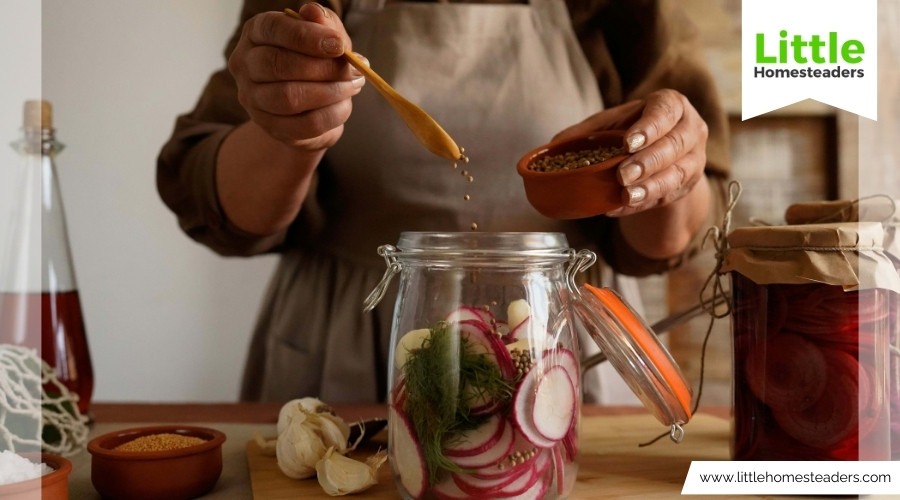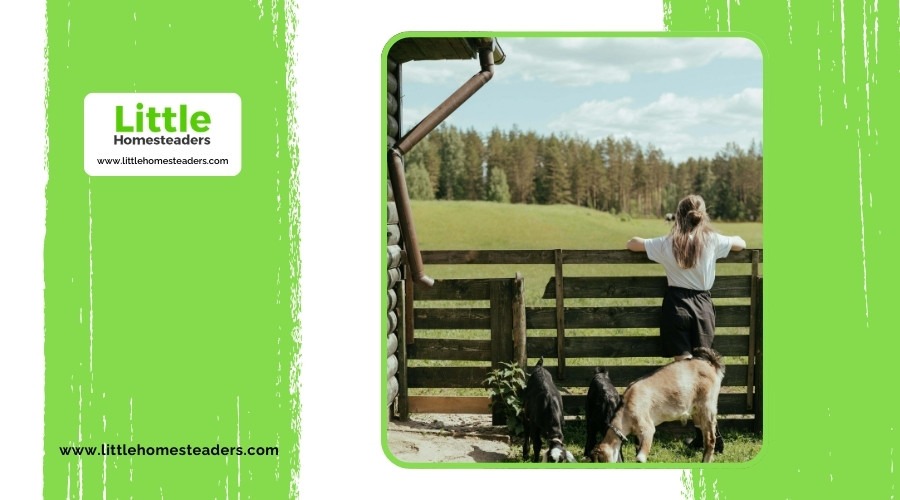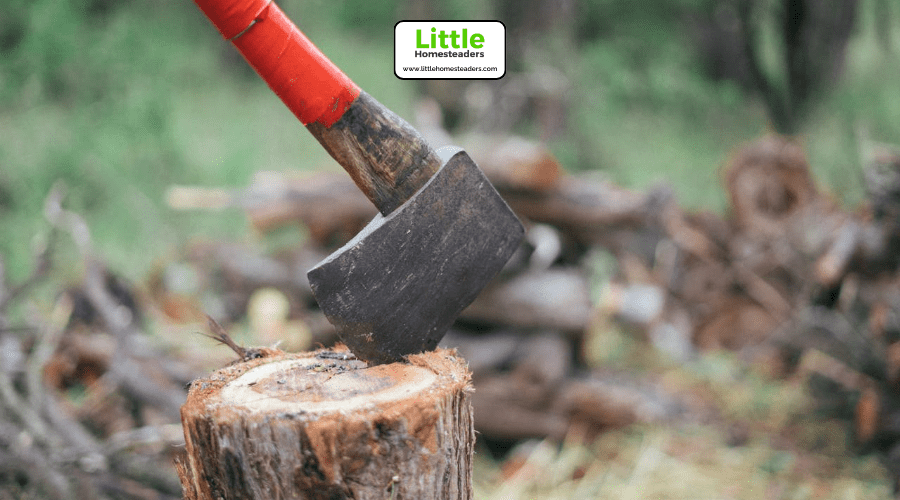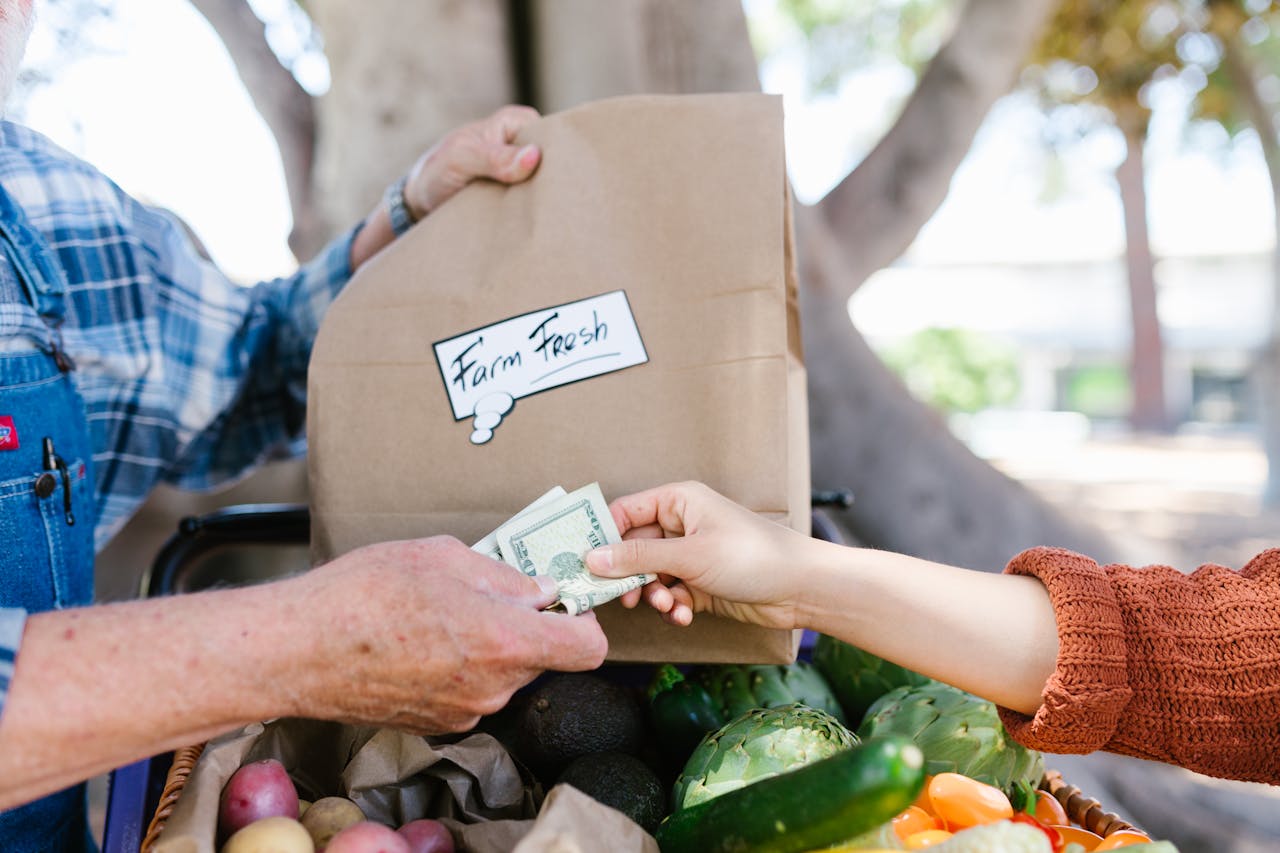How to Become a Modern Homesteader: Skills, Challenges, and Rewards
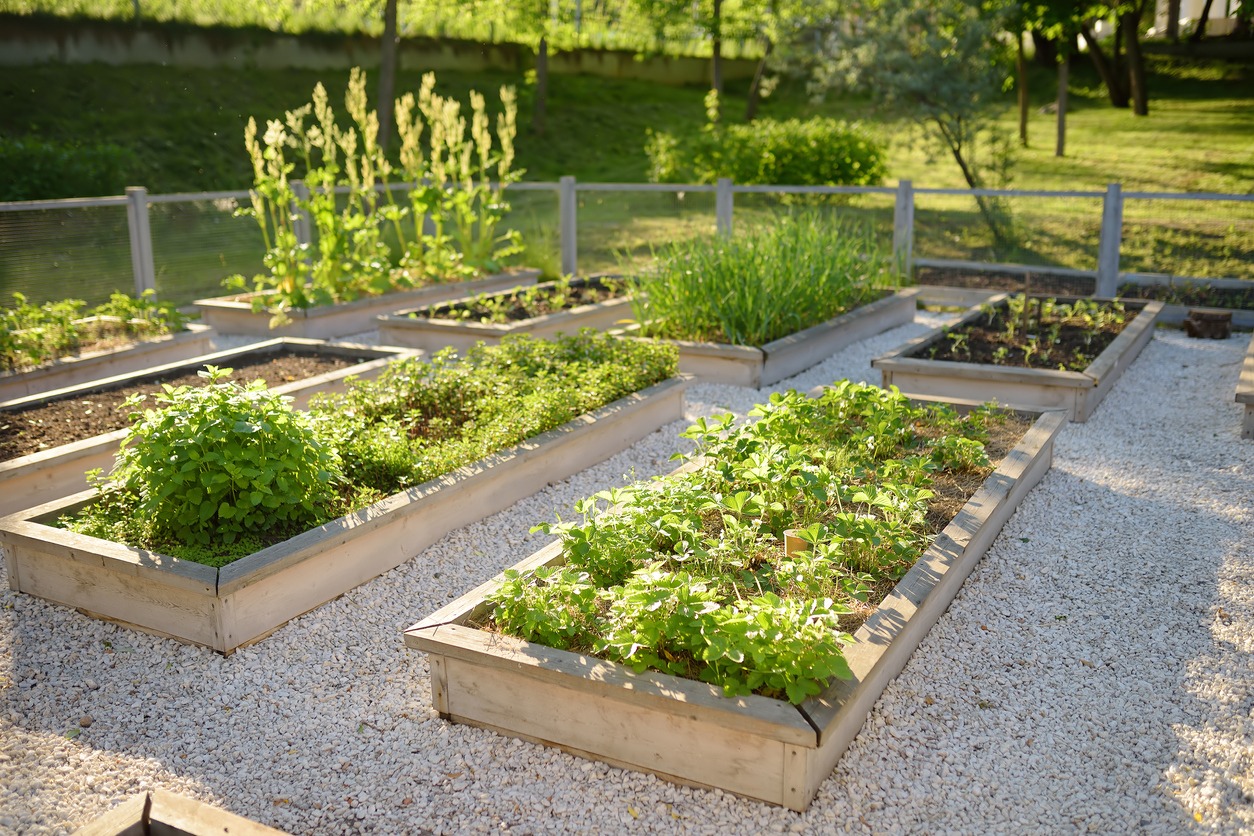
Modern homesteading might sound like something from a bygone era, but it’s actually a growing lifestyle for people who want to take control of their food, resources, and way of life. While the word “homesteading” might bring to mind images of pioneers carving out a life in the wilderness, today’s version is more flexible, practical, and accessible to anyone—from city dwellers to rural families.
At its core, modern homesteading is about self-reliance and sustainability. It’s a lifestyle where you learn to produce your own essentials, like food and household items, rather than relying entirely on external systems. This article dives into what modern homesteading looks like today, the skills you’ll need, the challenges you might face, and the rewards that make it all worth the effort.
What Is Modern Homesteading?
Modern homesteading has evolved significantly from its historical roots. In the past, homesteading often meant staking a claim on unoccupied land and turning it into a self-sufficient farm or home. Today, it’s less about acquiring land and more about adopting a mindset of sustainability and resourcefulness.
Homesteading doesn’t require a sprawling piece of land. It’s a lifestyle that anyone can start, whether you live in a high-rise apartment or on a few acres of farmland. A person in the city might grow herbs on their windowsill or can seasonal produce, while someone in the suburbs could start a backyard garden or raise chickens. The key is focusing on producing what you need, reducing dependence on stores and systems, and reconnecting with how things are made.
One of the most appealing aspects of modern homesteading is its adaptability. You don’t need to dive into every aspect at once. Maybe you start by growing your own tomatoes or learning to bake bread from scratch. These small changes add up and help you transition to a more self-reliant lifestyle.
At the same time, homesteading is about being environmentally conscious. Growing your own food, reusing materials, and cutting down on waste all contribute to a more sustainable way of living. Whether you’re looking to reduce your carbon footprint or simply feel more connected to your resources, homesteading is a step in the right direction.
Essential Skills for Aspiring Homesteaders
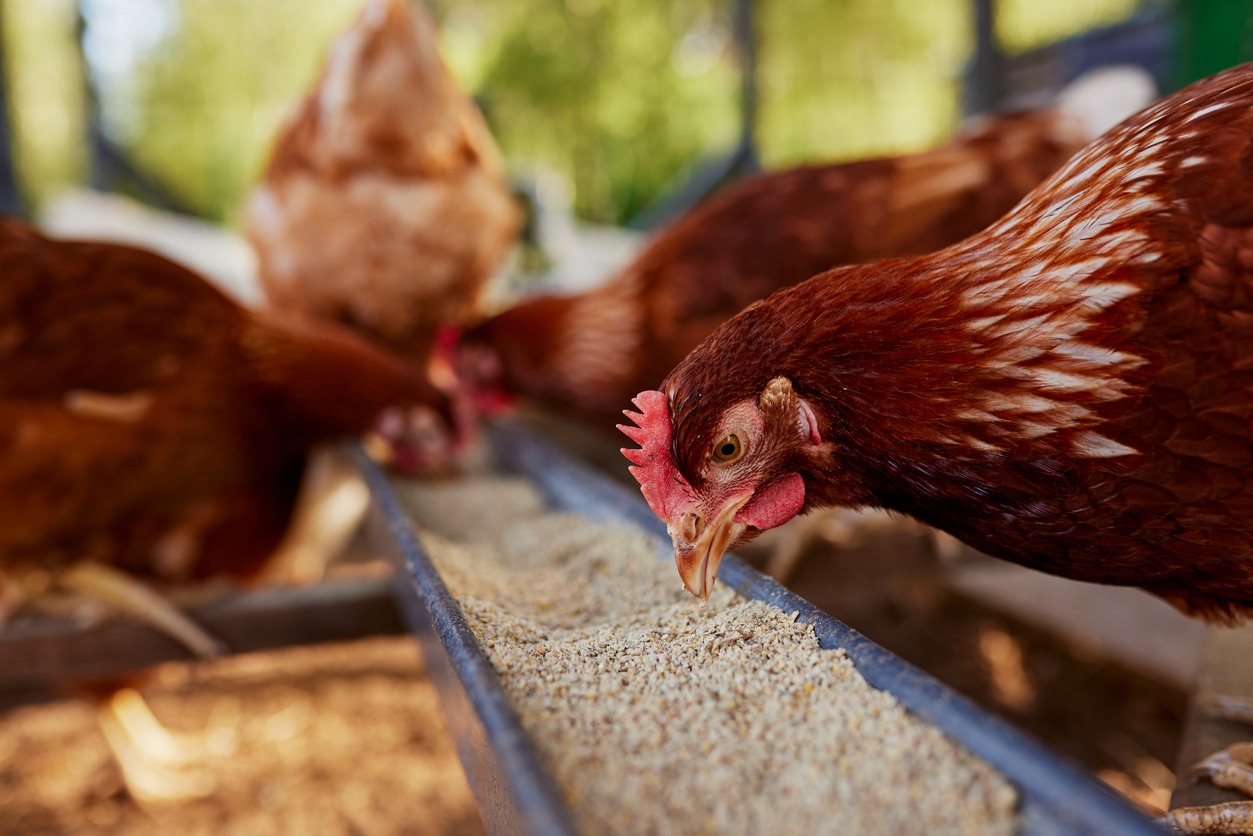
Modern homesteading requires a mix of practical skills, many of which were common just a couple of generations ago. While some of these might feel intimidating at first, you don’t have to master them all at once. Think of it as a lifelong learning process where every step brings you closer to self-sufficiency.
Food Preservation
Preserving food is a cornerstone of homesteading. Techniques like canning, fermenting, and dehydrating let you store the harvest from your garden or local markets for months. For instance, learning how to can tomatoes in the summer means you’ll have the base for sauces and soups all winter long.
Start with something simple, like pickling cucumbers or freezing herbs, before moving on to more advanced methods. Over time, food preservation becomes second nature and can even save money compared to store-bought alternatives.
Gardening and Agriculture
Growing your own food is one of the most empowering aspects of homesteading. A simple vegetable garden can provide fresh, delicious produce, while fruit trees offer long-term benefits. Gardening isn’t just about planting seeds—it’s about understanding soil health, crop rotation, and pest management.
If you’re new to gardening, start with hardy crops like lettuce, beans, or radishes. They’re easy to grow and can boost your confidence before tackling more demanding plants. Composting is another skill to explore, as it enriches your soil while reducing waste.
Animal Husbandry
Raising animals might feel like a big leap, but it’s often more manageable than it seems. Chickens, for example, are a favorite among homesteaders because they’re relatively low-maintenance and provide a steady supply of eggs. Goats are another great option, especially for milk, which can be used for cheese or yogurt.
Animal husbandry also includes learning how to care for livestock, manage breeding, and process animals humanely. Even small-scale efforts, like keeping a beehive for honey, can be incredibly rewarding.
Equipment Maintenance and DIY Skills
Homesteading often involves fixing things yourself, whether it’s repairing a broken tool or building a chicken coop. Basic carpentry, plumbing, and mechanical skills are invaluable. While it might seem daunting, there are countless online tutorials and workshops to guide you through the basics.
Knowing how to maintain your equipment not only saves money but also ensures your homestead keeps running smoothly. For example, understanding how to sharpen garden tools or repair fencing can make a big difference in your day-to-day operations.
Emergency Preparedness
Self-reliance includes being ready for the unexpected. Homesteaders often develop skills in first aid, food storage, and even renewable energy systems like solar panels. Having a plan for emergencies, whether it’s a power outage or a storm, gives peace of mind and ensures that your household can function during challenging times.
Challenges of Homesteading
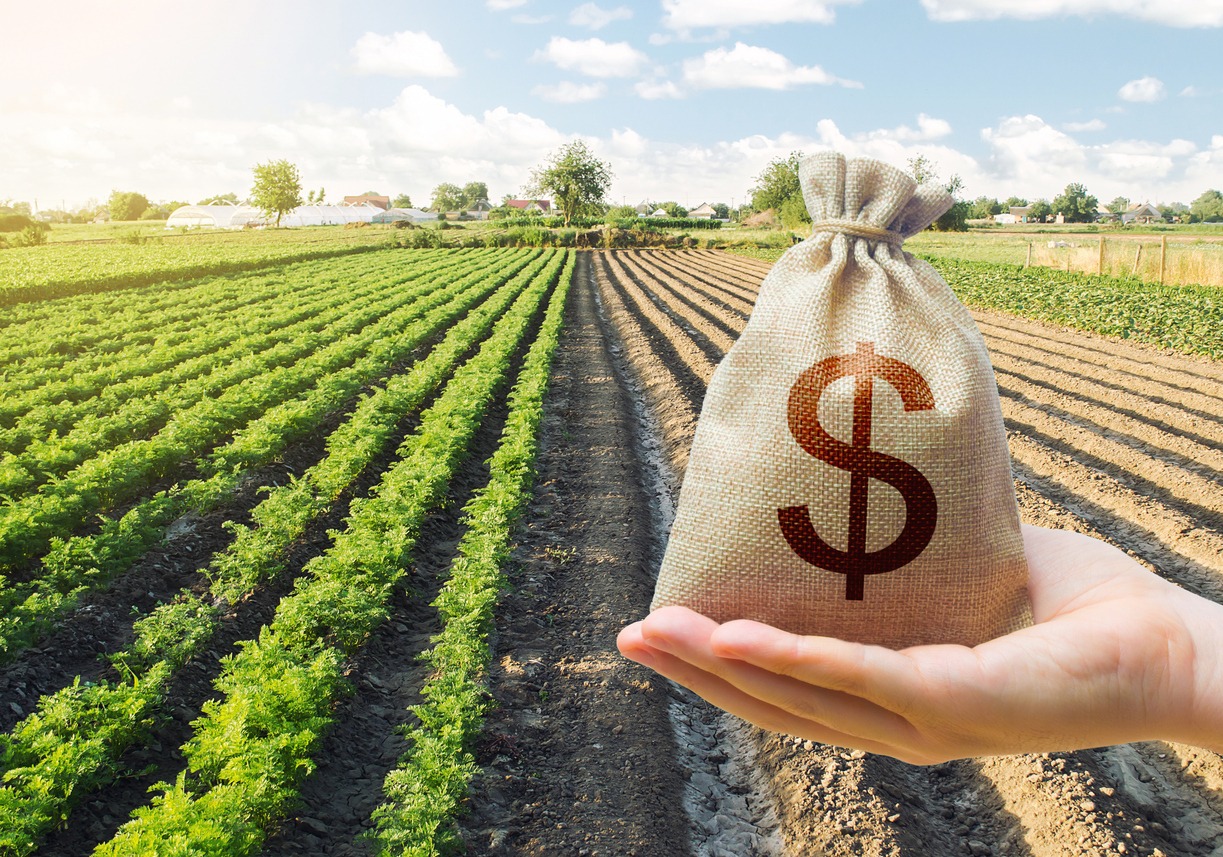
While modern homesteading is deeply rewarding, it’s not without its hurdles. Many of these challenges can feel overwhelming at first, but with time and perseverance, they become opportunities to learn and grow.
The Learning Curve
One of the biggest challenges is the sheer number of skills to master. From gardening to food preservation to animal care, it can seem like there’s always more to learn. The key is to start small. Focus on one or two areas at a time, and build your knowledge gradually.
For example, you might start by planting a small herb garden or experimenting with homemade yogurt. Once you’ve gained confidence, you can expand to larger projects, like managing a vegetable patch or preserving your summer harvest.
Unpredictable Weather
Weather is one of the most unpredictable factors in homesteading. A late frost or unexpected drought can ruin crops and set you back. Fortunately, there are ways to work around these challenges, such as using greenhouses, raised beds, or irrigation systems.
Understanding your local climate is crucial. Planting the right crops for your region and using techniques like mulching to retain soil moisture can make a big difference.
Space Constraints
If you live in a city or suburb, space might feel like a limitation. However, modern homesteaders have found creative ways to maximize small areas. Vertical gardens, container planting, and even hydroponics can turn a small balcony or yard into a productive space.
For those with limited outdoor space, indoor herb gardens or mushroom kits can be great alternatives. The important thing is to make the most of what you have and not let space restrictions hold you back.
Costs
Starting a homestead can be expensive, especially when buying tools, seeds, or equipment. However, there are ways to cut costs, such as repurposing materials, buying second-hand tools, or growing from seed instead of buying plants. Over time, the savings from growing your own food and repairing items yourself often outweigh the initial expenses.
Rewards of the Homesteading Lifestyle
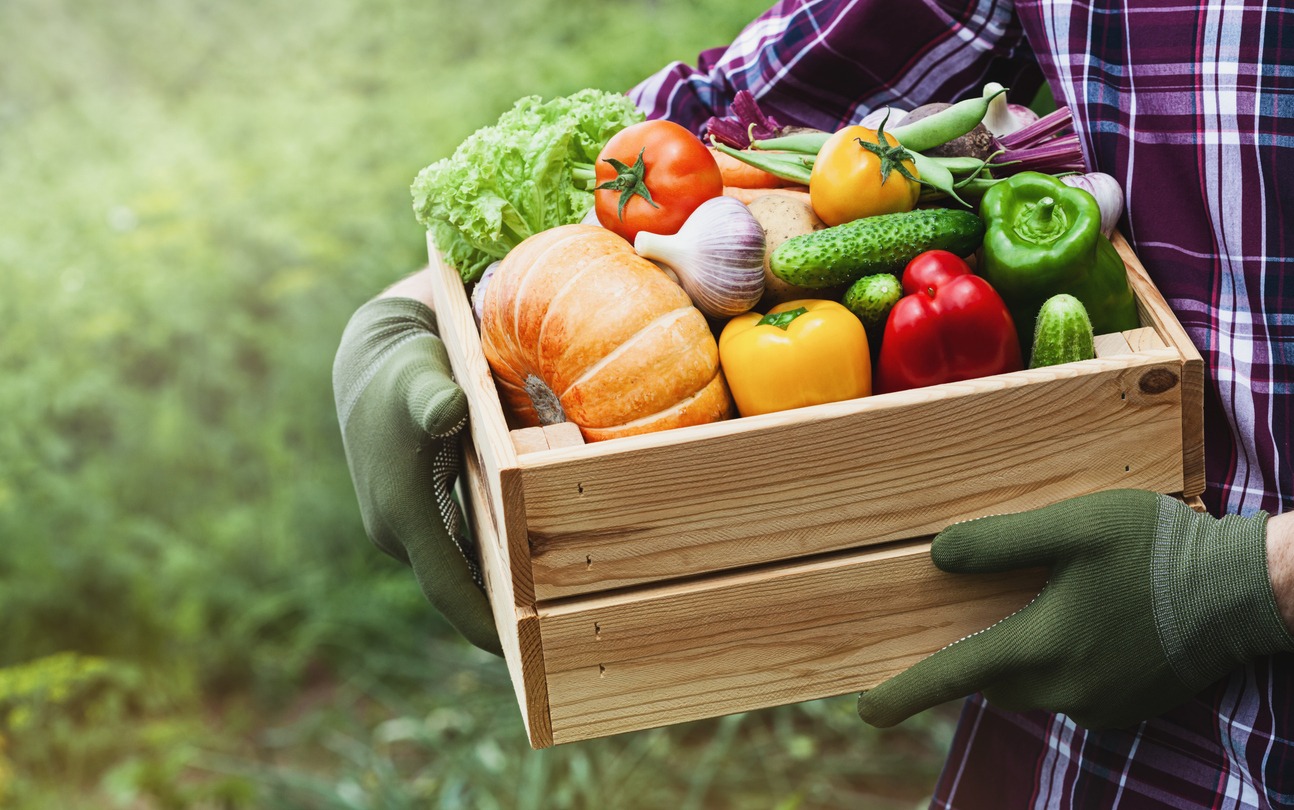
Despite the challenges, the rewards of homesteading are immense. Many people find that the benefits far outweigh the effort, creating a lifestyle that’s deeply fulfilling and meaningful.
Self-Reliance
There’s a unique satisfaction that comes from being able to meet your own needs. Growing your food, preserving it, and maintaining your tools provide a sense of independence that’s rare in today’s world.
Personal Growth
Homesteading is a constant learning process, and every challenge helps you grow. Whether it’s troubleshooting a pest problem in your garden or figuring out how to repair a broken tool, the problem-solving skills you develop are invaluable.
Environmental Benefits
By growing your food and reducing waste, you’re contributing to a healthier planet. Practices like composting, organic gardening, and conserving water help minimize your environmental footprint.
Community and Family Connections
Homesteading often strengthens bonds with family and neighbors. Bartering surplus produce, teaching kids how to care for animals, or working together on projects creates a sense of community that’s both practical and meaningful.
Building a Homestead Community
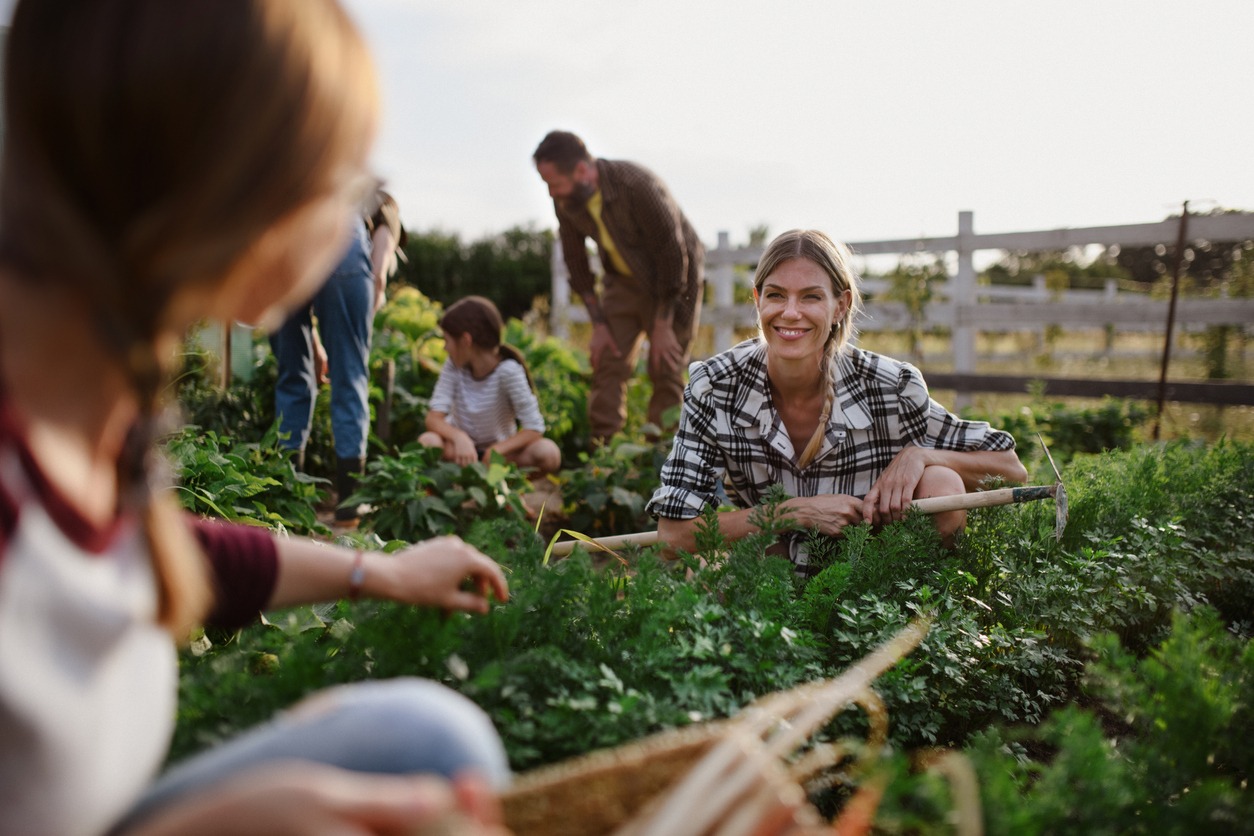
No homesteader is an island, and building connections with others can make the journey easier and more enjoyable.
- Join Local Groups: Homesteading groups, both online and in-person, are great for sharing tips, trading goods, and finding inspiration.
- Bartering and Trade: Trading goods like eggs, vegetables, or handmade items can save money and build connections.
- Forming Cooperatives: Shared resources, like equipment or land, can make homesteading more accessible.
Getting Started: Practical Steps for Beginners
Starting small is the best way to begin your homesteading journey. Here are some practical steps:
- Choose One Skill: Focus on something simple, like growing a few herbs or learning to bake bread.
- Plan According to Space: Work with what you have, whether it’s a windowsill, backyard, or larger property.
- Invest Gradually: Start with essential tools and expand as you gain experience.
- Learn Continuously: Take advantage of books, online tutorials, and workshops.
- Set Achievable Goals: Break down tasks into manageable steps to stay motivated.
Sustainability: The Heart of Homesteading
Sustainability is a key principle of modern homesteading. Beyond producing food, it’s about making choices that protect the environment and use resources wisely.
- Energy Efficiency: Solar panels, wind turbines, and rainwater collection systems can make your homestead more sustainable.
- Waste Reduction: Composting, recycling, and reusing materials help minimize waste.
- Eco-Friendly Practices: Organic gardening, natural pest control, and conserving water are essential for long-term success.
Conclusion
Modern homesteading is more than a lifestyle—it’s a journey toward independence, resilience, and a deeper connection with the world around you. By learning essential skills, overcoming challenges, and embracing the rewards, you can create a fulfilling and sustainable way of life. Whether you start with a small garden or dive into a bigger project, every step you take brings you closer to the transformative power of homesteading.

